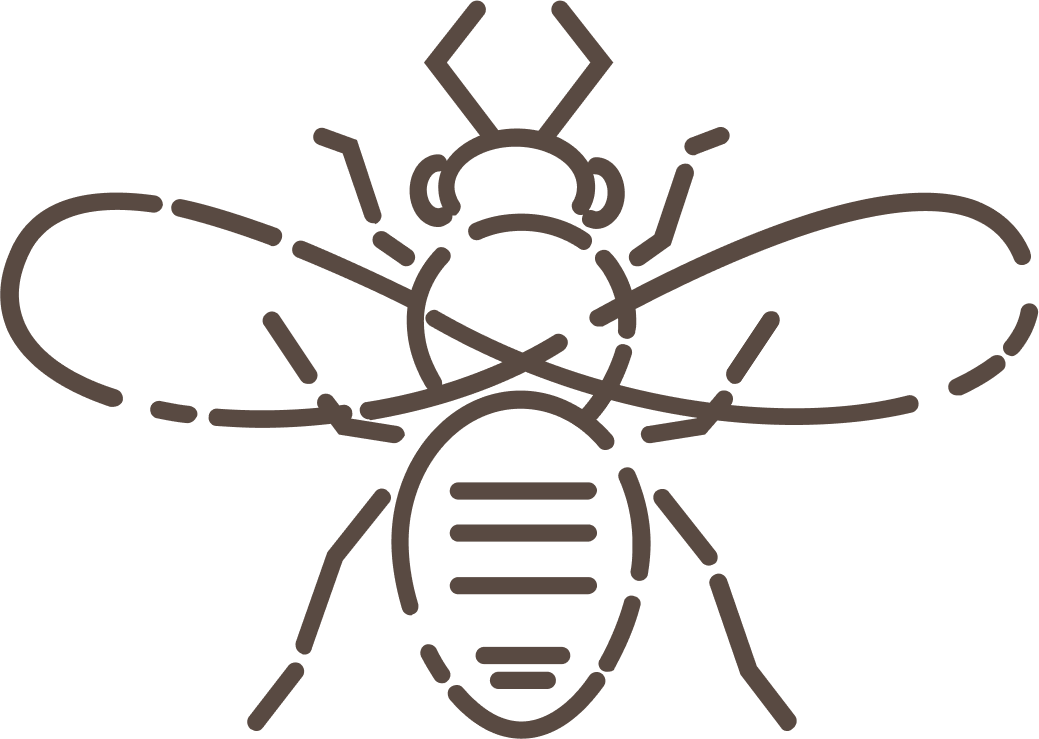Rusty Patched Bumblebee
The Rusty Patched Bumblebee is an important pollinator native to eastern North America. As its name suggests, this bumble bee species is named for the rusty, reddish patch located on the back of worker and male bees of this species. Unfortunately, since January of 2017, this bumble bee species has been listed as endangered by the U.S. Fish and Wildlife Service.
Basics
Rusty Patched Bumble Bees are social bees and live in colonies that include a single queen, which is the largest bee in the colony, and female workers. They often create colonies of up to 1000 bees underground, utilizing old rodent burrows. All Rusty Patched Bumble Bees have solid black heads and a patch of black hair on top of their head.
Pollination
Rusty-patched bumblebees pollinate wildflowers, and many crops including cranberries, plums, apples, alfalfa and onion blossoms. Like other bumblebee species, Rusty Patched Bumblebees are able to pollinate plants through “buzz pollination,” where they use their flight muscles to vibrate a plant, causing it to release its pollen. One unique quality of this bumblebee species is its short tongue, which it sometimes uses to poke a hole in the back of the flower instead of directly accessing the nectar with the length of its tongue!
Decline
The bee species once occupied grasslands and tallgrass prairies of the Upper Midwest and Northeast, with a range that included 28 states and 2 provinces in Canada. However, since 2000, this bumble bee has been reported from only 13 states and 1 Canadian province, representing a 95% decline in overall population. This sharp decline is primarily due to loss of habitat, as many of the grasslands and prairies that the Rusty Patched Bumblebee relied on have been degraded or fragmented by conversion to other uses.

